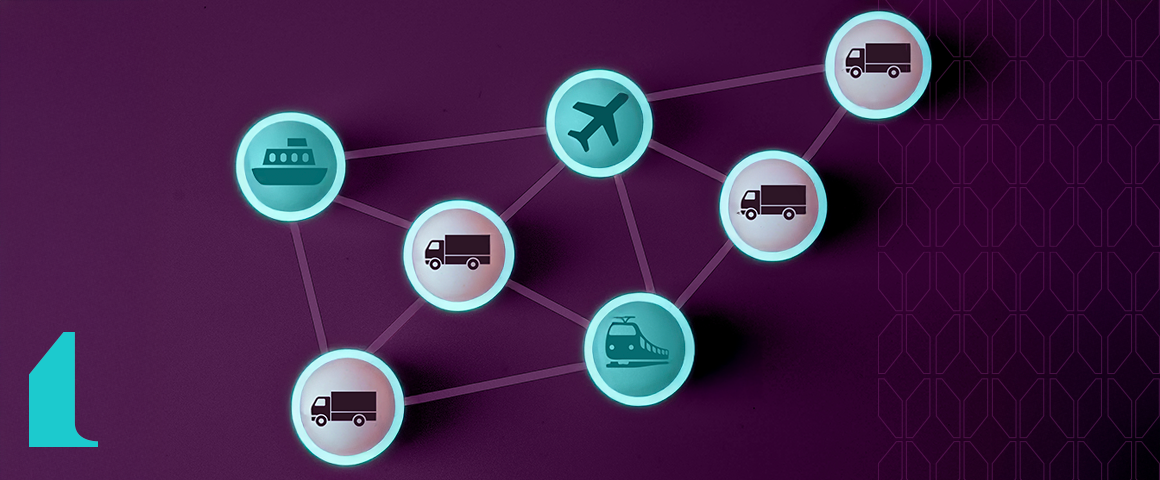Electronic vs. Digital Signatures: Understanding the Difference
In today’s digital age, the ability to sign documents electronically has become a necessity for businesses of all sizes. However, many people use the terms “electronic signature” and “digital signature” interchangeably, when in fact, they are distinct concepts with their unique characteristics and applications.
The rise of remote work and virtual transactions has been staggering – global electronic signature transactions have skyrocketed from 89 million to 754 million in just five years. This article aims to demystify the digital signature vs electronic signature conundrum by exploring the key differences between the two, enabling you to make informed decisions about the most suitable approach for your organization’s needs.
What is an Electronic Signature?
An electronic signature is a broad term that encompasses various methods of digitally signing documents or records with the intent of indicating approval, acceptance, or agreement. Unlike traditional wet-ink signatures on paper, electronic signatures leverage technology to streamline and simplify the signing process, eliminating the need for physical presence or document handling.
Electronic signatures come in different forms, each with varying levels of security and legal recognition. The most basic type is the simple electronic signature (SES), which can be as straightforward as typing your name at the end of an email or checking a box to indicate consent. While convenient, SES offers minimal verification and is typically suited for low-risk situations.
More advanced forms of electronic signatures provide enhanced security and legal standing. An advanced electronic signature (AES) employs cryptographic techniques to verify the signer’s identity and ensure document integrity. This type of signature is often used for high-stakes transactions or sensitive documents that require a higher level of assurance.
The most secure form is the qualified electronic signature (QES), which meets stringent regulatory requirements and is legally equivalent to a handwritten signature in many jurisdictions. QES involves the use of digital certificates issued by trusted certification authorities and often requires additional steps for identity verification, such as biometrics or physical presence.
Electronic signatures are widely adopted across various industries, from finance and healthcare to legal and real estate, as they offer convenience, efficiency, and cost savings compared to traditional paper-based processes.
What is a Digital Signature?
A digital signature is a specific type of electronic signature that leverages advanced cryptographic techniques to provide the highest level of security and authentication for electronic documents. Unlike basic electronic signatures, digital signatures rely on a technology called Public Key Infrastructure (PKI) to ensure the integrity and non-repudiation of signed documents.
The process of creating and verifying digital signatures involves the use of two mathematically related keys – a private key and a public key. The private key is kept secure by the signer and is used to create the digital signature, while the corresponding public key is shared with others to verify the signature’s authenticity.
How does it work?
When a document needs to be digitally signed, the signer’s private key is used to create a unique digital fingerprint or “hash” of the document’s content. This hash is then encrypted with the private key, creating the digital signature. The signature is attached to the document, along with the signer’s public key or a digital certificate containing the public key.
On the receiving end, the document and the digital signature are processed using the signer’s public key. If the output matches the original hash of the document, it confirms three critical aspects: the document’s authenticity (it originated from the claimed signer), integrity (the content hasn’t been altered), and non-repudiation (the signer cannot deny having signed the document).
A key component of the digital signature process is the role of a trusted third party, known as a Certificate Authority (CA). These entities issue digital certificates that bind a person’s or organization’s identity to their public key. The CA verifies the identity of the certificate holder through rigorous vetting processes, ensuring the validity and trustworthiness of the digital signatures.
Digital signatures provide a robust level of security and authentication that surpasses basic electronic signatures. They are particularly valuable in scenarios where the highest levels of data integrity, non-repudiation, and signer authentication are critical, such as legal contracts, financial transactions, and sensitive document exchanges.
Key Differences Between Electronic and Digital Signatures
While both electronic and digital signatures serve the purpose of authenticating and approving electronic documents, they differ significantly in several key aspects.
Technology Used
Electronic signatures can be created using various methods, ranging from simple typed names or checkboxes to more advanced biometric capture like handwritten signatures. In contrast, digital signatures employ sophisticated cryptographic techniques and rely on the Public Key Infrastructure (PKI) system, which involves the use of mathematically related private and public keys.
Level of Security and Authentication
Electronic signatures offer varying levels of security, with the most basic forms (like typed names) providing minimal authentication, while more advanced types (like biometric signatures) offer enhanced verification. However, digital signatures consistently provide the highest level of security and authentication by leveraging encryption algorithms and digital certificates issued by trusted Certificate Authorities (CAs).
Typical Use Cases
Due to their convenience and simplicity, electronic signatures are widely used for low-risk scenarios, such as signing internal documents, agreements with minimal legal implications, or capturing consent forms.
Digital signatures, on the other hand, are preferred for high-stakes transactions, legally binding contracts, sensitive document exchanges, and scenarios where non-repudiation is critical, such as financial transactions or legal proceedings.
Ease of Use and Accessibility
Electronic signatures generally offer a more user-friendly and accessible experience, as they can often be applied using common tools and devices without the need for specialized software or hardware. In contrast, creating and verifying digital signatures typically requires dedicated PKI infrastructure, digital certificates, and a certain level of technical expertise, making the process more complex for end-users.
Cost
Implementing electronic signature solutions can be relatively cost-effective, especially for basic forms that may only require simple software or web-based tools. However, deploying digital signatures can involve higher costs due to the need for specialized PKI software, hardware security modules, digital certificates from trusted CAs, and potentially additional support and maintenance.
While electronic signatures cater to a wide range of use cases with varying security requirements, digital signatures are tailored for scenarios that demand the highest levels of security, integrity, and non-repudiation. The choice between the two ultimately depends on the specific needs, risk profile, and legal requirements of the organization or transaction at hand.
Legal Acceptance and Compliance
The legal acceptance and compliance requirements for electronic signatures vs digital signatures vary across different jurisdictions worldwide. Many countries and regions have established laws and regulations that govern the use and validity of these signature types.
In the European Union, the eIDAS regulation provides a comprehensive framework in which three forms of electronic signatures are recognized: simple, advanced, and qualified. While simple electronic signatures have basic legal acceptance, advanced and qualified electronic signatures (which include digital signatures) are granted higher legal standing and must meet specific technical and security requirements.
The United States’ ESIGN Act and UETA laws grant legal validity to electronic signatures, including digital signatures, provided they meet certain criteria for authentication and record-keeping. Similarly, Canada’s PIPEDA legislation outlines guidelines for the acceptance of electronic signatures in various contexts.
It’s important that you familiarize yourself with the applicable laws and regulations in your region, as they may contain specific provisions for the electronic signature vs digital signature distinction, particularly in regulated industries like finance, healthcare, and legal services.
When to Use Each Type
The decision of whether to use electronic or digital signatures should be based on the level of security, integrity, and legal certainty required for a particular transaction or document exchange.
Electronic signatures are typically suitable for low-risk scenarios, such as internal approvals, non-disclosure agreements, or consent forms, where the need for advanced authentication and non-repudiation is minimal. They offer convenience and efficiency while still providing basic legal validity.
However, for high-stakes transactions, legally binding contracts, sensitive document exchanges, or scenarios where data integrity and non-repudiation are critical, digital signatures are the recommended choice. The added security provided by digital signatures, through encryption, digital certificates, and trusted third-party verification, is essential in these situations to mitigate the risks of fraud, tampering, and repudiation.
Ultimately, organizations should carefully assess their specific requirements, risk profiles, and compliance obligations to determine the appropriate digital vs electronic signature approach that best meets their needs.
How Contract Lifecycle Management Solutions Support Signatures
Contract Lifecycle Management (CLM) solutions play a crucial role in streamlining the signature process for organizations. Many modern CLM platforms, like Malbek.io, offer seamless integrations with leading electronic and digital signature providers, enabling users to initiate and track signature workflows directly from within the CLM environment.
Through these integrations, users can route contracts for signatures based on predefined rules, automate reminders, and maintain a comprehensive audit trail of all signing activities. Additionally, CLM solutions can leverage the authentication and security capabilities of integrated signature providers, ensuring compliance with relevant regulations and enhancing the overall integrity of the contract execution process.
Conclusion
Understanding the differences between electronic and digital signatures is critical for organizations that want to optimize their document workflows while maintaining robust security and compliance standards. By understanding the key differences in terms of technology, security levels, use cases, and legal acceptance, organizations can make informed decisions about which signature approach best suits their specific needs.
Whether they are leveraging the convenience of electronic signatures or the advanced authentication of digital signatures, adopting these technologies can unlock new levels of efficiency, trust, and risk mitigation in contract and document management.







